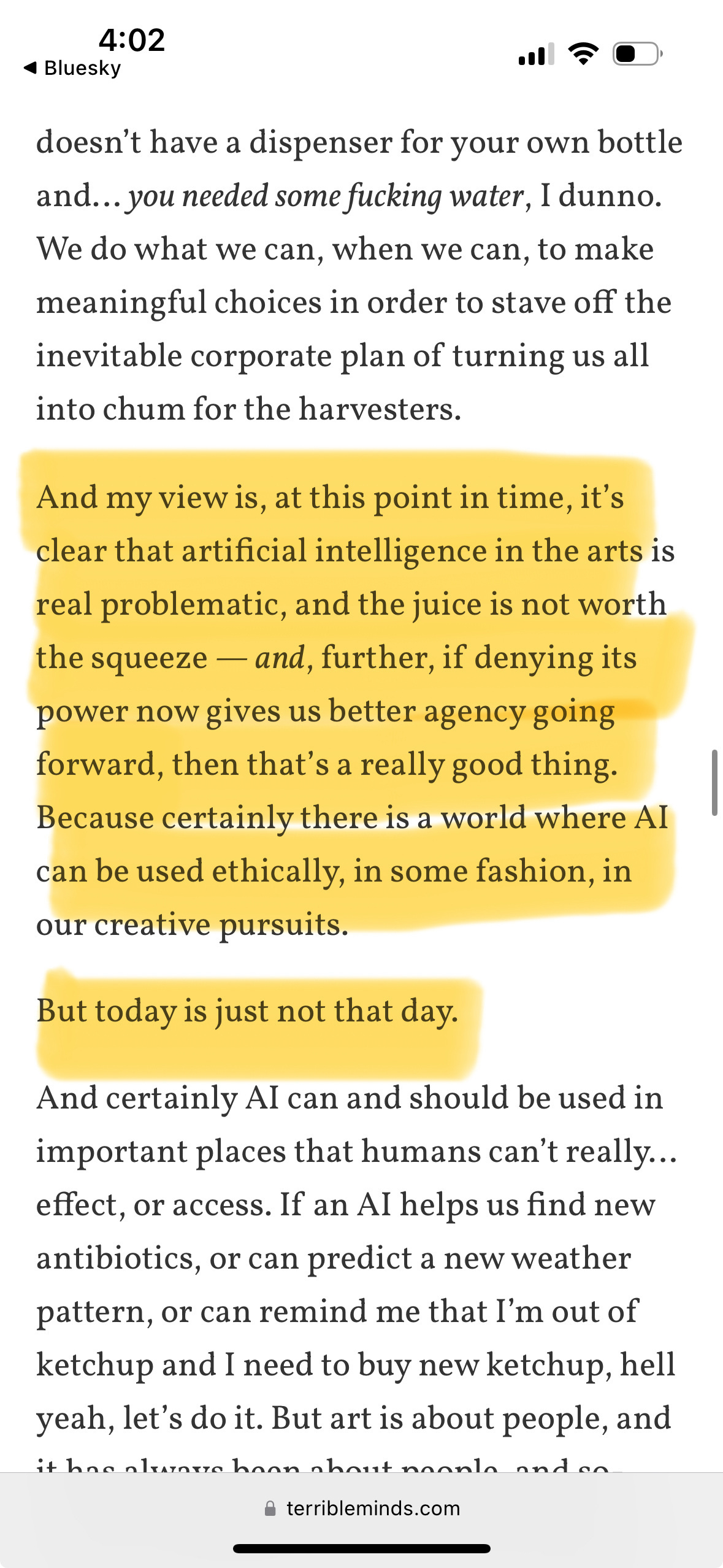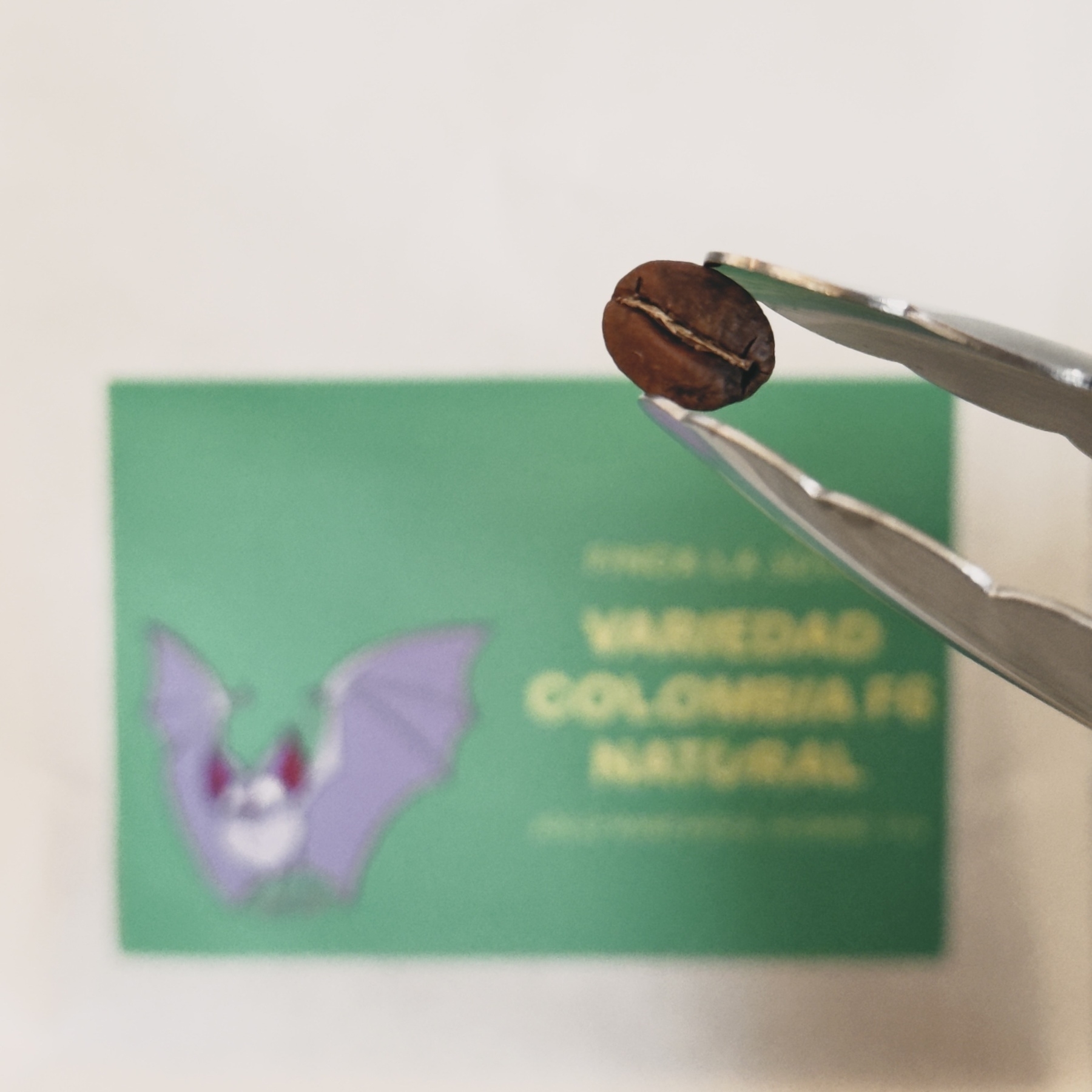Lots of folks have been posting about the default apps they use, but I’d rather just shout out a few truly amazing ones that I frequently use and/or really enjoy.
Things - I’ve had this since v1.0, and it has never left my Mac, iPhone, or iPad. It’s truly the one and only inbox of stuff + todo app to rule them all.
NetNewsWire - I’ve gone back and forth between this and Reeder, but I just love how NewNewsWire looks and works. It blends seamlessly into the platform it runs on, and the UI gets completely out of the way for scanning feeds and reading posts. Simplicity. (And open sourced)
Overcast - It’s difficult to compete with the big podcast app from Apple, but Marco Arment has persevered for years. Great features to intelligently skip silences, augment audio, and build super smart playlists are done in ways that make the experience better for its users than anything else on the market.
FT Edit - The standard subscription to this British rag is eye-watering for anyone outside of the financial industry, but the $5/month streamlined subscription through this app is remarkably well done, and I find myself reading the majority of articles (eight curated each day). Simplicity and quality are better than an infinite scroll.
iA Writer - I can’t believe this has been around for over 10 years. It was one of the original minimal writing environments, and its progress over the years is a testament to how selective iA has been in developing feature expansion while resisting the urge to change the fundamental interface and capability. Brilliant. (Its signature blue cursor is also gorgeous)
Remind Faster - Not even sure who originally recommended this, but this super focused app is exceptional at natural language inputs for Apple’s Reminders app. My brain works better using this vs Siri for quick reminders (even if it’s to just grab the laundry in 40 minutes). Its UI is a masterclass in optimization.
FoodNoms - A delightful app for tracking nutrition. Admittedly, I only use this in sprints throughout the year to calibrate my brain around what I’m putting into my body, but… whenever I use it, it’s a joy. The developer has also employed AI in a wonderful way — type out a brief description of what you ate, and it estimates all the nutritional values to input into your daily tracking without navigating its database.
Flighty - The most reliable, iOS-friendly flighty tracker before, during, and upon arrival you can use. It rules.
Safari - The core Apple iOS browser never fails to excel at its singular purpose – surf the internet well. It rarely chokes on any page, and its performance smoothly cruises along regardless of how many tabs pile up inside.








